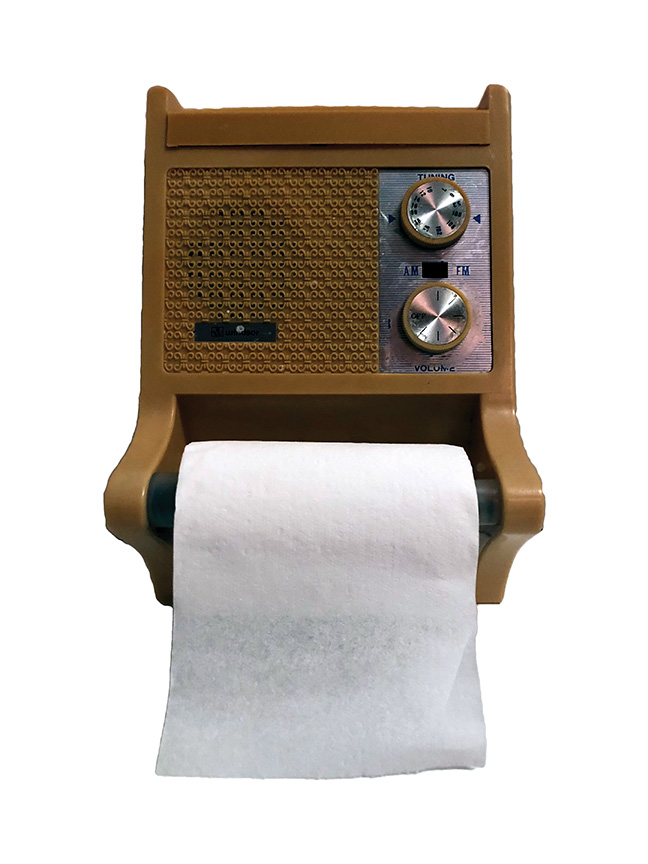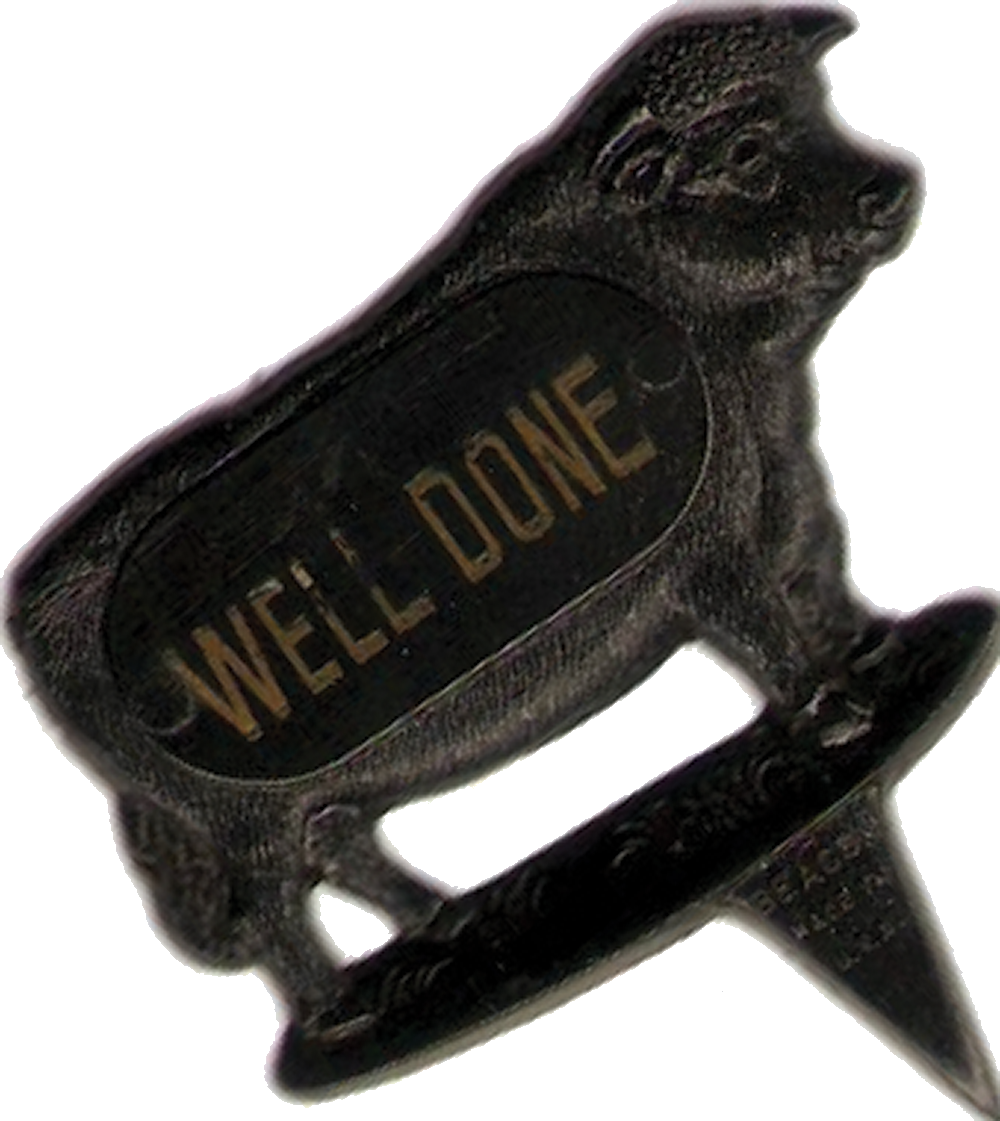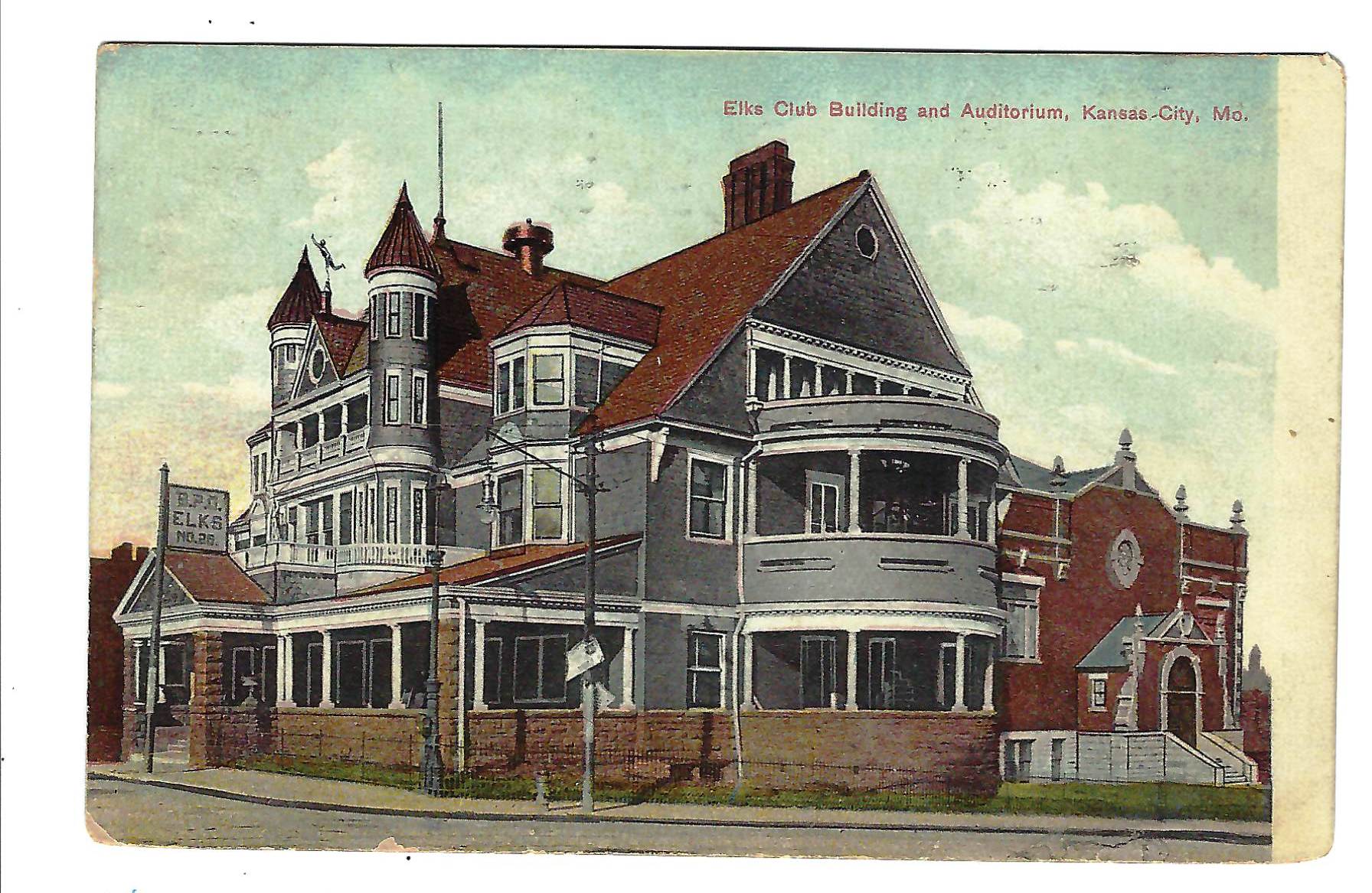
Dorri Partain
Contributor
It’s a radio – it’s a toilet paper holder – it’s both!
Combining two practical items into one product was made possible by the introduction of the transistor radio, a handheld portable operated by dry cell batteries.
Finding a new use for transistors, miniaturized semiconductors used inside telephones, was the goal for Texas Instruments. Working with the Regency Division of Industrial Development Engineering Associates, they introduced the first transistor radio, Regency TR-1, in 1954.
Operated by a 22.5-volt battery and available in four colors, the pocket-sized radio was coveted by teens on the go. Even with a price tag of $49.95 (in 1954), 150,000 were sold in one year.
Japanese manufacturers had also been looking to make radios smaller and portable, and jumped on the new technology. Switching from producing tape recorders under the Tokyo Tsushin Kogyo brand, the TR-55 was introduced in 1955 under new branding, Sony.
By 1965, a full array of novelty radios were being produced by any company that produced radios. Soda and beer cans, animal and food shapes were offered in catalogs and department stores.
The AM/FM Toilet Radio was produced by several manufacturers under different brand labels, in various fashion colors to match or coordinate the bathroom decor. Operated by a 9-volt battery with a built-in ferrite core antenna, the radio was hung on the wall just as one would hang a standard paper holder.
While prices may have varied, the same style was offered in a Montgomery Wards catalog in 1984 for $12.99. The Museum of Applied Arts and Science added the Toilet Radio to their collection catalog in 2004.


















